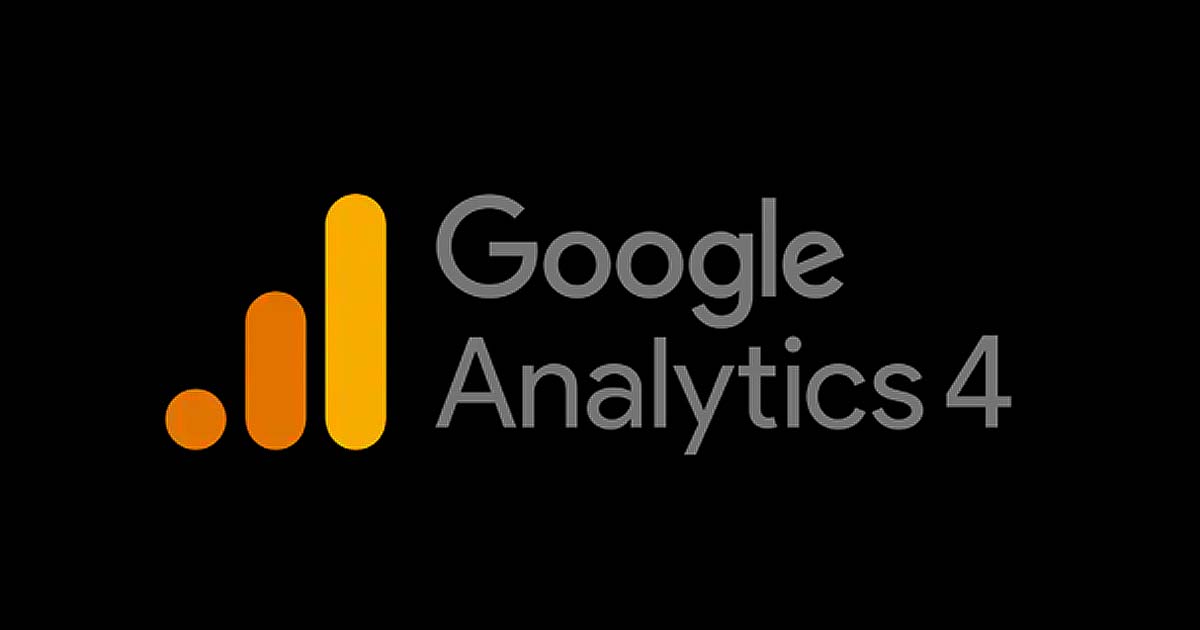In 2018, a record number of 1,947 branches closed their physical locations. It begs the questions – what will the future of banking look like and who will dominate in this space?
We live in a world that’s gone digital, and banking is no exception – but unfortunately, for many working in the traditional banking sector, the message seems to have fallen on deaf ears. There is a digital revolution taking place, but very few have figured out exactly what it is or how to use it to gain traction in an industry that is being swallowed alive by smaller players and start-up fintech firms.
Over the last decade, almost 9,000 branches have closed, yet smaller banks and credit unions are in building mode. Over 1,200 banks, most with assets averaging around $1.5 billion, expanded their number of branches since 2012. While some claim this is a sign that these smaller banks are finally recovering from the 2008 financial crisis, we would argue it’s a sign that they are hitching their wagons to a dying horse.
According to a survey in 2017, 72 percent of new bank accounts were opened online. Yet, many smaller banks and credit unions continue to funnel money into antiquated brick and mortar branches, while ignoring the fact that their online account opening processes are horrendous.
In our analysis, a majority of banking institutions still can’t open an account completely online or on a mobile device. Robert Richardson, CEO at Richardson Marketing, a data-driven marketing agency that runs marketing automation campaigns for banks and credit unions, told us that the account opening process at a majority of the banks they work with is in many cases beyond repair.
“Many of the small to mid-size banks and credit unions we are working with are using third-party apps that haven’t been updated in years, resulting in abandoned account openings, dissatisfied customers and lost sales.”
Richardson says these banks need to break away from third-party apps like MeridianLink and start looking into the future. “Unfortunately, many of these third-party companies have no interest in revolutionizing anything; they are riding the wave of a failing system and milking these credit unions for everything they’re worth,” Richardson said. “There are some major players in the market who refuse to allow their customers to see insights into how their members are using their account opening applications” … “We’ve analyzed the data, and it’s not surprising why they try to block them from fully integrating adobe or google analytics into the application process – if these banks realized what was really going on and how many people are abandoning the application there would be a revolt.”
The Future of Banking is Digital and Beyond
But in this new digital revolution that has so many in the banking industry shaken, there are a few who have broken away from the old models and have dared to take on the oligarchy. One of these companies is Quontic, an adaptive digital bank that is at the forefront of bringing adaptive banking to everyone. Leading the way at Quontic is Chief Innovation Officer, Patrick Sells.
“We expect to see more bank branches closed or transformed into very different types of spaces. Within the next five years, it is conceivable that consumers will never need to visit to a physical branch again- making local brick and mortar banks as rare as pay phone booths. Since consumers are increasingly reliant on their smartphones and the technology continually evolves, the net result is that consumers expect to be able to have minimal disruption in their lives and have important services like banking available on demand. They want instant gratification and digital banking enables that.”
Mads Hennelund, a business advisor working for the Danish consultancy Nextwork A/S, conquers, “Way too many banks think that their physical branches are an important touchpoint. They are not. Looking at the number of branches that have closed within the last decade, there is no arguing.”
Richardson, CEO at Richardson Marketing, says “most of the industry is still 20 years behind” where they should be. “While almost every bank or credit union we talk to knows they should be doing more with digital, most of them are dropping the ball when it comes to embracing the revolution, especially when it comes to the critical final stages of opening an account or applying for a loan.”
“Currently many banking platforms are built on outdated technology that restrict the type of services that any bank (except for the very biggest institutions or the few new online banks) can offer,” says Sells. “Millennials are the biggest business demographic in the world, and they are demanding that banks enter the digital age and offer services that make sense for their lifestyles and interests and in the way they want to access them.”
Quontic, who is already at the forefront of offering flexible mortgage products, is also looking beyond just bringing traditional banking online and plans on launching Bitcoin Rewards Checking options this spring. The checking account will allow consumers to earn Bitcoin on every transaction they make.
Key Takeaways:
Banks and credit unions are spending massive amounts of money trying to attract customers through antiquated processes while ignoring the fintech threat that is beating at their door. Poor online account opening processes, a lack of analytics and accountability, and a failure to look into the future are undermining their acquisition efforts. Banks and credit unions must make it easier for consumers to apply for services online, or consumers will find another option.







